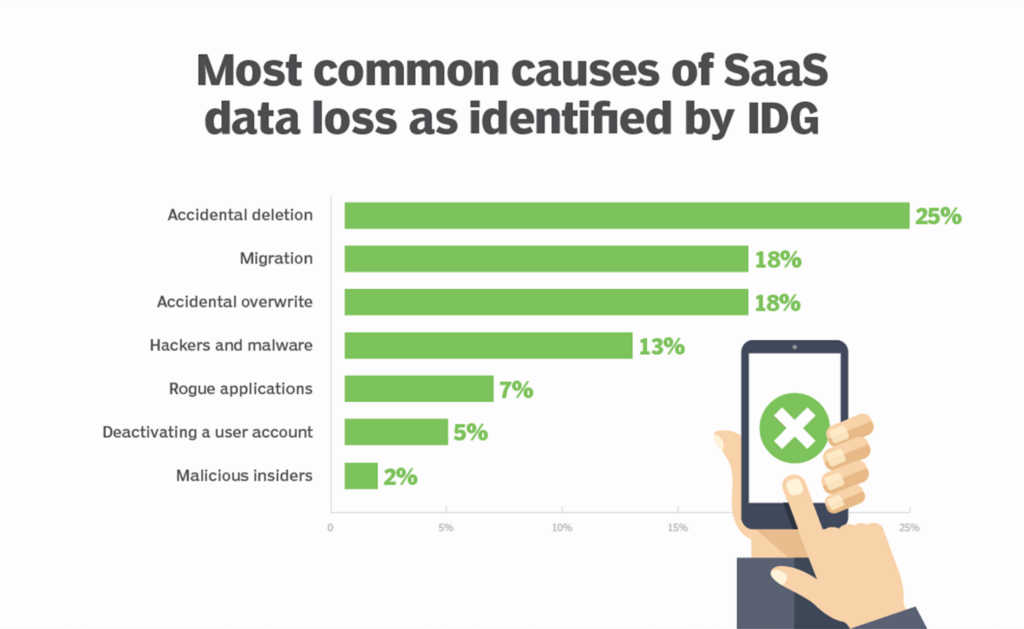What is DLP
Data Loss Prevention (DLP) is the practice of detecting and preventing data breaches, exfiltration, or unwanted destruction of sensitive data. Organizations use DLP to protect and secure their data and comply with regulations.
The DLP term refers to defending organizations against both data loss and data leakage prevention. Data loss refers to an event in which important data is lost to the enterprise, such as in a ransomware attack. Data loss prevention focuses on preventing illicit transfer of data outside organizational boundaries.

Organizations typically use DLP to:
-
- Protect Personally Identifiable Information (PII) and comply with relevant regulations
- Protect Intellectual Property critical for the organization
- Achieve data visibility in large organizations
- Secure mobile workforce and enforce security in Bring Your Own Device (BYOD) environments
- Secure data on remote cloud systems
Causes of Data Leaks
Three common causes of data leaks are:
-
- Insider threats: a malicious insider, or an attacker who has compromised a privileged user account, abuses their permissions and attempts to move data outside the organization.
-
- Unintentional or negligent data exposure: many data leaks occur as a result of employees who lose sensitive data in public, provide open Internet access to data, or fail to restrict access per organizational policies.

Data Leakage Prevention
You can use standard security tools to defend against data loss and leakage. For example:
-
- an Intrusion Detection System (IDS) can alert about attacker attempts to access to sensitive data
- an Antivirus software can prevent attackers from compromising sensitive systems
- a firewall can block access from any unauthorized party to systems storing sensitive data.
If you are part of a large organization, you might turn to designated DLP tools or solutions to safeguard your data. You can also use tooling in the Security Operations Center (SOC) to assist with DLP. For example, you can use a Security Information and Event Management (SIEM) system to detect and correlate events which might constitute a data leak.
Components of a Data Loss Solution
-
- Securing data in motion — technology installed at the network edge can analyze traffic to detect sensitive data sent in violation of security policies.
- Securing endpoints — endpoint-based agents can control information transfer between users, groups of users, and external parties. Some endpoint-based systems can block attempted communications in real time and provide user feedback.
- Securing data at rest — access control, encryption and data retention policies can protect archived organizational data.
- Securing data in use — some DLP systems can monitor and flag unauthorized activities that users may intentionally or unintentionally perform in their interactions with data.
- Data classification and identification — it is crucial to determine if data needs to be protected or not. Data can be defined as sensitive either done manually by applying rules and metadata, or automatically via techniques like machine learning.
- Data leak detection — DLP solutions and other security systems like IDS, IPS, and SIEM, identify data transfers that are anomalous or suspicious. These solutions also alert security staff of a possible data leak.
Conclusion
In today’s digital landscape, protecting sensitive information is more crucial than ever. Implementing robust Data Loss Prevention (DLP) measures can safeguard your organization’s valuable data from internal and external threats. Whether it’s ensuring compliance with regulatory standards or preventing data breaches, a comprehensive DLP strategy is essential for maintaining trust and security.
At QRES Innovation Technology, our experts are ready to assist you in developing and implementing effective DLP solutions tailored to your specific needs.
Contact QRES Innovation Technology today to learn more about how our services can help protect your organization from data loss. Our team is committed to providing top-tier solutions and support for projects of any size.

